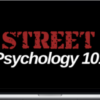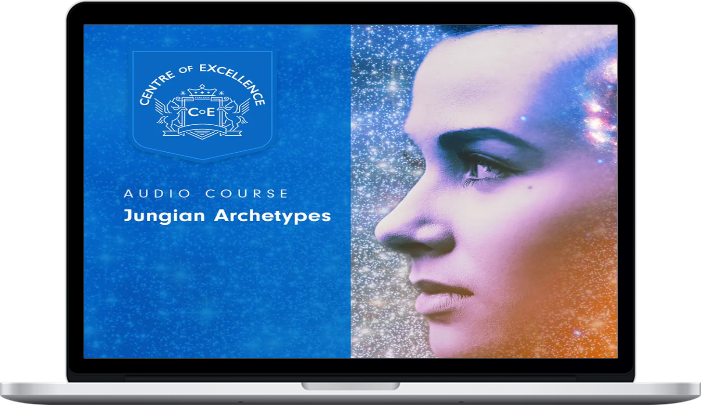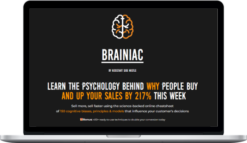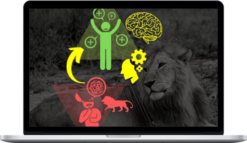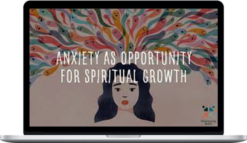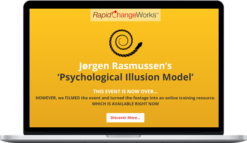Centre of Excellence – Jungian Archetypes Diploma Course
$127.00 $37.00
»Within 24hs
Description
Centre of Excellence – Jungian Archetypes Diploma Course
What Will You Learn?
Carl Jung, the renowned 20th-century Swiss psychiatrist, believed our minds have a predetermined structure that shapes how and what we’ll experience in life. According to him, identical psychic structures, which are typical to all humans, exist in parts of our psyche, and these heritable structures influence the way we experience everything in our lives.
Jung called these structures ‘archetypes’, which can be described as cognitive categories or natural inclinations that we all are born with, and their job is to make us think, feel, perceive and act in a specific way. This course explores this concept and its place within psychology, psychoanalysis, and fictional writing.
The Jungian Archetypes Diploma Course jumps straight into the subject of Jungian psychology – explaining what the Jungian archetypes are, Carl Jung’s concept of the psyche and its three main components, and what the 12 main archetypes are and what they are used for.
We’ll take a look into Carl Jung’s life – his childhood, education, personal life and association with Sigmund Freud. We will also consider his important ideas and concepts, as well as his legacy and influence.
The course examines the book ‘Instinct and the Unconscious’, which exhibits Jung’s understanding of instincts as unconscious processes, distinguishing instincts from phobias and reflex actions, the origin of instincts and how they differ from intuition, personal unconscious, the collective unconscious, and archetypes and archetypes as metaphysical ideas.
We’ll discuss psychophysical patterns and the electromagnetic spectrum idea, archetypal events, archetypal motifs and the shadow, anima/animus, and the self.
We take a deeper look at the 12 main archetypes introduced at the start of the course and examine each in greater detail – giving a comprehensive understanding of each. These archetypes are Hero, Magician, Outlaw, Innocent, Sage, Explorer, Artist, Ruler, Caregiver, Lover, Jester and Everyman. We then look at how archetypes were used by notable psychologists and psychoanalysts James Hillman, Jacques Lacan, Melanie Klein, Sigmund Freud, Robert Langs, and Ernest Rossi.
The course concludes by taking a look at how the 12 main archetypes are written into books and films.
Who Would Benefit from This Course?
This course will be of particular interest if you have studied psychology, psychoanalysis, behavioural studies or have been exposed to Carl Jung’s concepts in other fields.
If you are studying or work in the fields of writing, film, tv or theatre, this course will provide insight into the ways in which fictional characters conform to Jung’s archetypes and how this affects storytelling.
Modules
- Module 1: Introduction to Jungian Archetypes
- Module 2: Introduction to Jung
- Module 3: Jung’s First Ideas About Archetypes
- Module 4: Later Developments on the Archetypes
- Module 5: Archetypal Figures – ‘Leave a Mark’
- Module 6: Archetypal Figures – ‘Spiritual Journey’
- Module 7: Archetypal Figures – ‘Provide Structure’
- Module 8: Archetypal Figures – ‘Connect to Others’
- Module 9: Using Archetypes in Psychology and Psychoanalysis
- Module 10: Archetypes in Books and Films
More courses from the same author: Centre of Excellence
Delivery Policy
When will I receive my course?
You will receive a link to download your course immediately or within 1 to 21 days. It depends on the product you buy, so please read the short description of the product carefully before making a purchase.
How is my course delivered?
We share courses through Google Drive, so once your order is complete, you'll receive an invitation to view the course in your email.
To avoid any delay in delivery, please provide a Google mail and enter your email address correctly in the Checkout Page.
In case you submit a wrong email address, please contact us to resend the course to the correct email.
How do I check status of my order?
Please log in to HealthcareCourse account then go to Order Page. You will find all your orders includes number, date, status and total price.
If the status is Processing: Your course is being uploaded. Please be patient and wait for us to complete your order. If your order has multiple courses and one of them has not been updated with the download link, the status of the order is also Processing.
If the status is Completed: Your course is ready for immediate download. Click "VIEW" to view details and download the course.
Where can I find my course?
Once your order is complete, a link to download the course will automatically be sent to your email.
You can also get the download link by logging into your HealthcareCourse account then going to Downloads Page.
Related products
Total sold: 2
Total sold: 2
Total sold: 4
